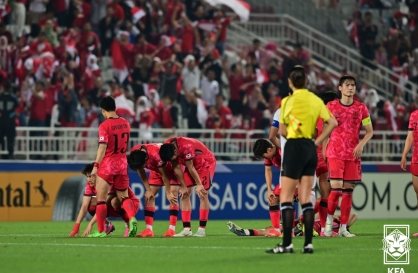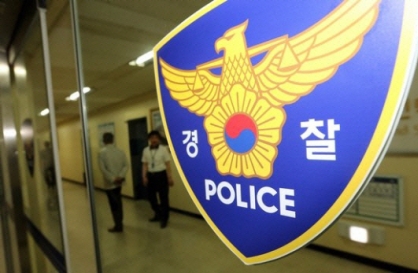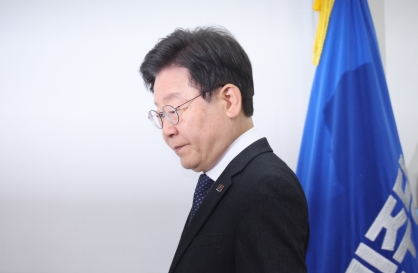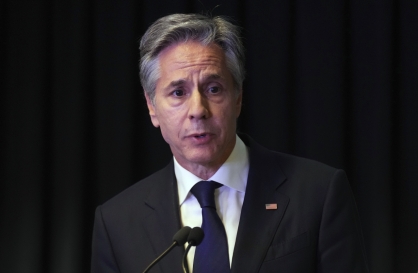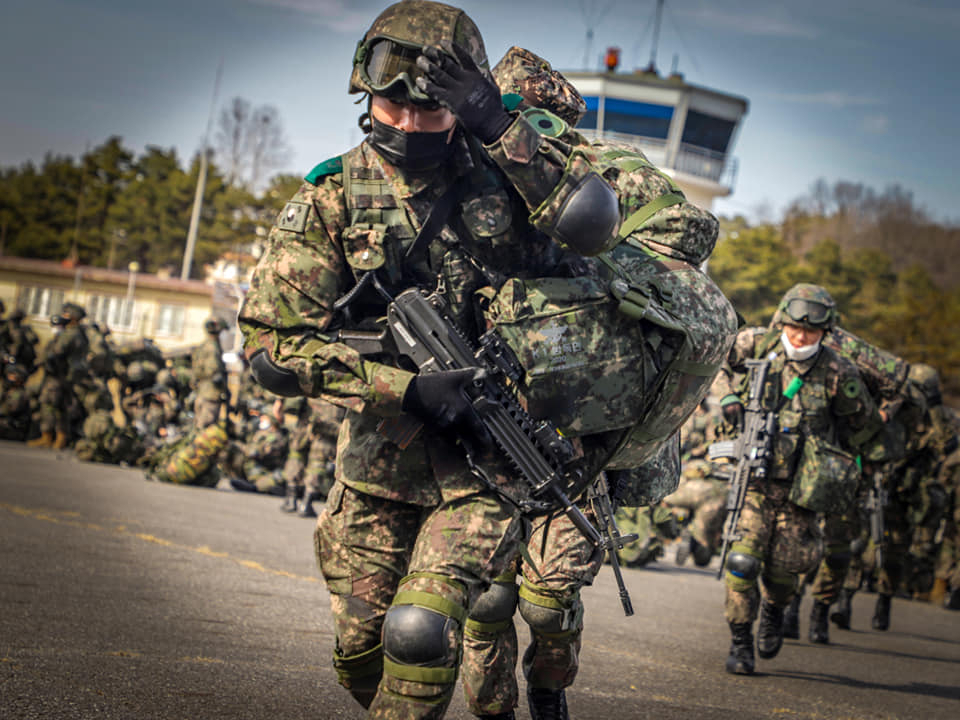 |
Troops from the armed service's 2nd Quick Response Division conducted eight-day airborne drills that ended on October 25 in Gyeonggi and North Chungcheong Provinces. (Republic of Korea Army) |
The large-scale surprise attack by Hamas on Israel a month ago has sparked profound concerns about South Korea's readiness to confront hypothetical asymmetric warfare scenarios initiated by North Korea.
The Hamas attack occurred precisely 50 years and one day after the surprise offensive launched by Egyptian and Syrian forces against Israel in 1973, suggesting that the Palestinian group took advantage of a moment when Israel was caught off guard.
This historical context holds significant implications for South Korea, a country that endured the Korean War initiated by North Korea's surprise invasion over 70 years ago. The ambush stands as a stark reminder that a country can be confronted with the imminent threat of invasion at any moment.
What's more critical, however, is that the tactics adopted by Hamas in its multi-front, lightning attack on Oct. 7, in which it made simultaneous incursions by air, land and sea, give clues as to tactics North Korea could potentially use in an attack on South Korea.
Seoul's defense platforms, such as unmanned surveillance systems along the inter-Korean border and long-range artillery interception systems, have been influenced by the Israeli model, including the Iron Dome. The vulnerability of Israel's highly sophisticated systems to such attacks raises concerns that South Korea's own defenses could also be susceptible, experts told The Korea Herald.
This assessment is grounded in the prevailing belief that North Korea may be sharing battlefield tactics and providing weapons and training to Hamas, both directly and through intermediaries.
South Korea's Joint Chiefs of Staff has openly acknowledged the possibility of such transfer through intermediaries, including Hezbollah, an Iran-backed organization in Lebanon, and countries such as Iran and Syria. North Korea's historical military cooperation and arms trade with them further emphasize the gravity of the situation.
Consequently, experts suggest that Hamas' brazen offensive provides insights into how unconventional conflicts could theoretically transpire on the Korean Peninsula should North Korea initiate such actions.
"It's reasonable to say that North Korea would utilize such means for attacks against South Korea, but North Korean surprise attacks will go beyond our imagination and expectations. If we can anticipate and prepare for something, it no longer qualifies as a surprise attack," Retired Army Brig. Gen. Joo Eun-sik, head of the Korea Research Institute for Strategy in Seoul, told The Korea Herald.
"Considering North Korea's exclusive focus on military build-up, their potential attacks might feature even more unorthodox and unforeseen tactics compared to those employed by Hamas," Joo continued.
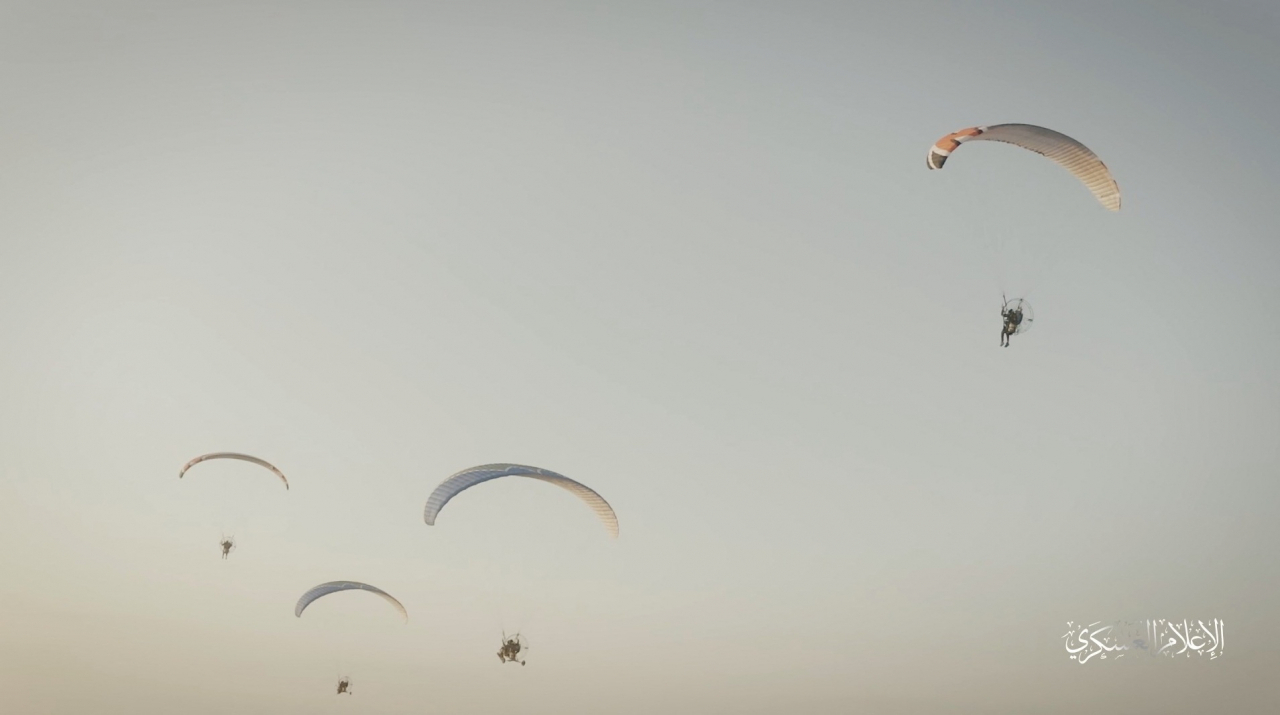 |
Hamas' armed wing IIzz el-Deen al-Qassam Brigades train with paragliders as they prepare for an armed air assault, in this screengrab obtained from a social media video released by Izz el-Deen al-Qassam Brigades on October 7. (Reuters) |
Hamas' use of paragliders for aerial infiltration and extensive network of underground tunnels spanning the Gaza Strip -- used for transporting people and goods, storage, housing command centers, as well as launching attacks -- draws parallels with strategies pursued by North Korea.
Evidence provided by Israel and other countries suggests that Hamas also used North Korea-produced 85-millimeter F-7 surface-to-surface rockets and 122 mm rockets with the Korean word "bang 122" written on them.
The inflow of weapons from North Korea suggests a level of ties that goes beyond simple weapons trade. Typically, providing weapons is coupled with training on how to maintain and operate them on the battlefield.
Kim Jung-sup, a vice president at the Sejong Institute who served as deputy minister for planning and coordination at South Korea’s Defense Ministry, highlighted that Hamas and North Korea also differ in nature. Hamas, classified as a terrorist non-state organization by the US, UK, EU and others, conducts operations it views as for Islamist martyrdom and self-sacrifice. In contrast, North Korea is fundamentally a secular state ruled by a dynastic dictatorship.
"So, in a way, North Korea's actions are much more calculated, cautious and conservative compared to Hamas. Therefore, there is a fundamental difference between them," he said. "It's crucial to recognize that the groups possess distinct attributes and pursue entirely different strategic objectives, which is the key distinction in my view."
However, both share a similarity in that their enemies, namely Israel and S. Korea, are far stronger in conventional terms, which gives them no option but to choose asymmetric tactics.
In asymmetric warfare, a group with fewer members like Hamas can strategically outmaneuver a stronger adversary by capitalizing on an opponent's weakness primarily through unconventional strategies and tactics.
"Hamas and North Korea are similar in this context because both find it necessary to employ an asymmetric approach, resulting in similar tactical actions."
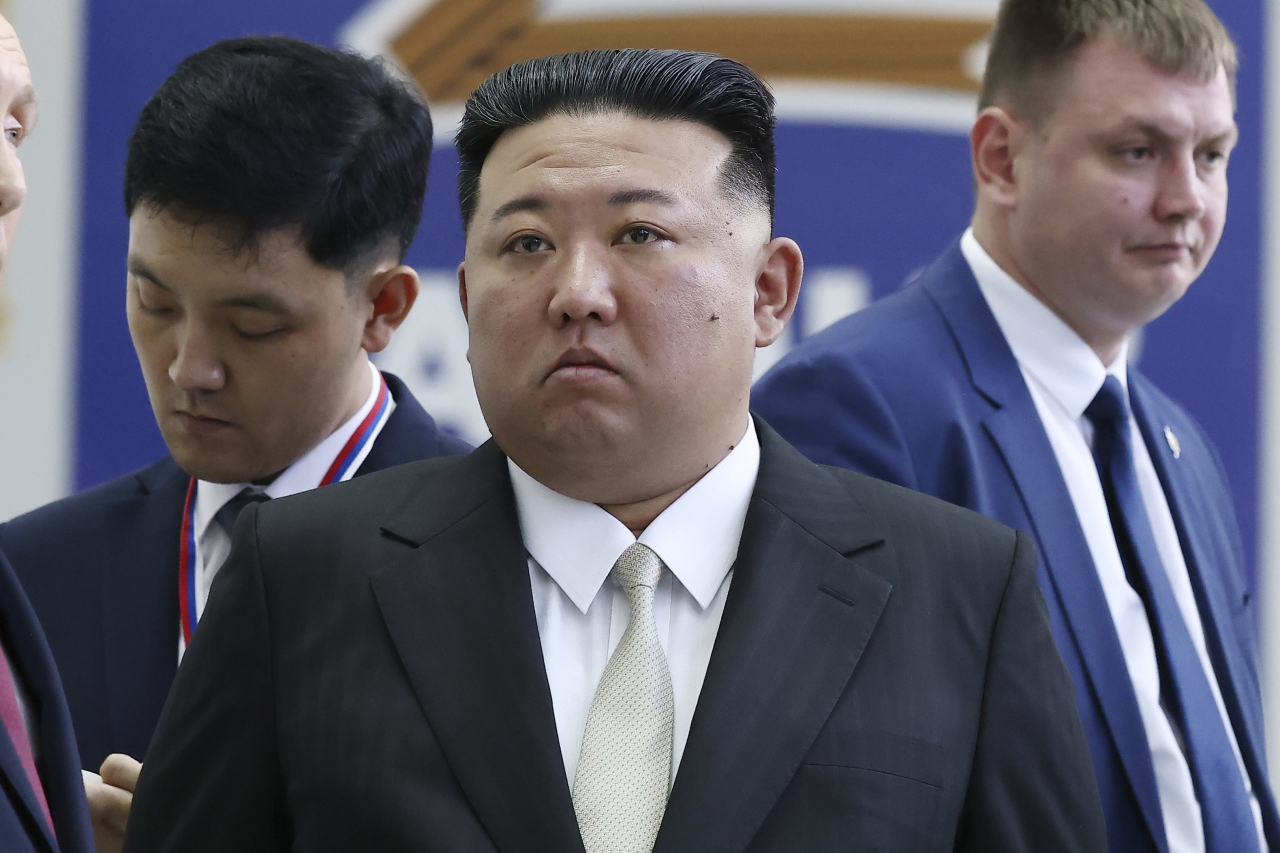 |
North Korea's leader Kim Jong-un, (center) examines a rocket assembly hangar at the Vostochny Cosmodrome outside the city of Tsiolkovsky, in Russia's Far East, on Wednesday, Sept. 13, 2023. (AP) |
South Korea's Defense Ministry also assessed that "the North Korean military is likely to attempt a surprise attack when the opportunity arises, primarily employing asymmetric forces, to create favorable conditions for itself, and seek a quick end to (the ensuing conflict)" in its biannual Defense White Paper 2022.
The US Defense Intelligence Agency under the Defense Department assessed that North Korean leader Kim Jong-un's forces are "developing capabilities that will provide a wider range of asymmetric options" in the report, "North Korea Military Power," issued in 2021.
Not only South Korea but also North Korea may have learned a lesson from the Hamas attack as well.
"From North Korea's perspective, as it closely monitors Hamas' surprise infiltration, the country may be identifying weaknesses in unmanned surveillance systems. Consequently, North Korea could be drawing invaluable lessons and insights, with a calculated eye on exploiting these system weaknesses," Yang Uk, a research fellow at the Asan Institute for Policy Studies think tank in Seoul, told The Korea Herald.
"Furthermore, the fact that a well-prepared country like Israel allowed such an intrusion carries significant implications for our military and national security. It is only natural to expect that this incident will prompt the South Korean military to engage in thorough self-assessment, research and subsequent actions to address its vulnerabilities."
Is S. Korea prepared for such potential unconventional attacks? Experts say no.
Firstly, the Hamas ambush on Israel underscores the potential vulnerabilities of the South Korean military, which is heavily reliant on advanced technology-driven surveillance and defense systems along the inter-Korean border.
The South Korean military has deployed an unmanned surveillance system along the inter-Korean border, taking inspiration from Israel's Iron Wall, to guard against possible ground infiltrations.
The 6-meter-high "smart fence," commonly referred to as the Iron Wall, which separates Israel from the Hamas-controlled Gaza Strip, bristling with razor wire, high-tech cameras, and sensors, was rendered inoperative and breached by Hamas' multi-front offensive.
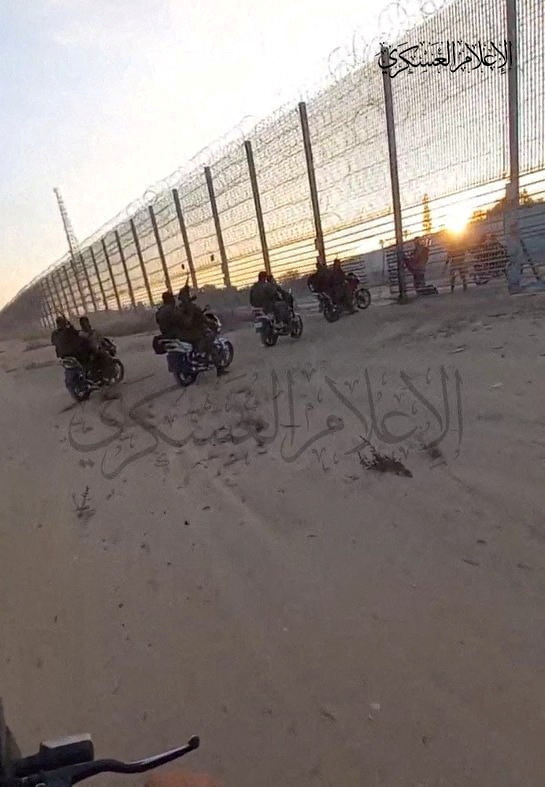 |
A handout photo obtained from the media office of Hamas' Qassam Brigades shows what the group says is its fighters infiltrating the Israeli side of the Israel-Gaza border, October 7, 2023. (Qassam Bridges media office/Handout via Reuters) |
Secondly, it raised the need for the South Korean military to significantly augment their surveillance and intelligence-gathering capabilities focused on North Korea.
Israel, home to some of the world's most proficient intelligence agencies, maintained a strict 17-year blockade of the Gaza Strip, deploying an array of human intelligence and surveillance techniques throughout the region. Nevertheless, the measures failed to yield information about the recent attack.
Specifically, some experts say strengthening and rejuvenating human intelligence on North Korea is urgently needed to compensate for deficiencies in other intelligence methods, including signals, communication and imagery intelligence. The human intelligence gathering functions of the National Intelligence Service and the military were weakened the previous liberal Moon Jae-in government, according to them.
"It's undeniable that one of the factors contributing to Israel's failure to stop Hamas' surprise attack lies in the challenge of detecting the subterranean movements of Hamas operatives. Operating underground presents substantial difficulties for intelligence gathering, as conventional satellites and similar technologies have evident limitations in such environments," Park Yong-han, a researcher at the state-run Korea Institute for Defense Analyses, told The Korea Herald.
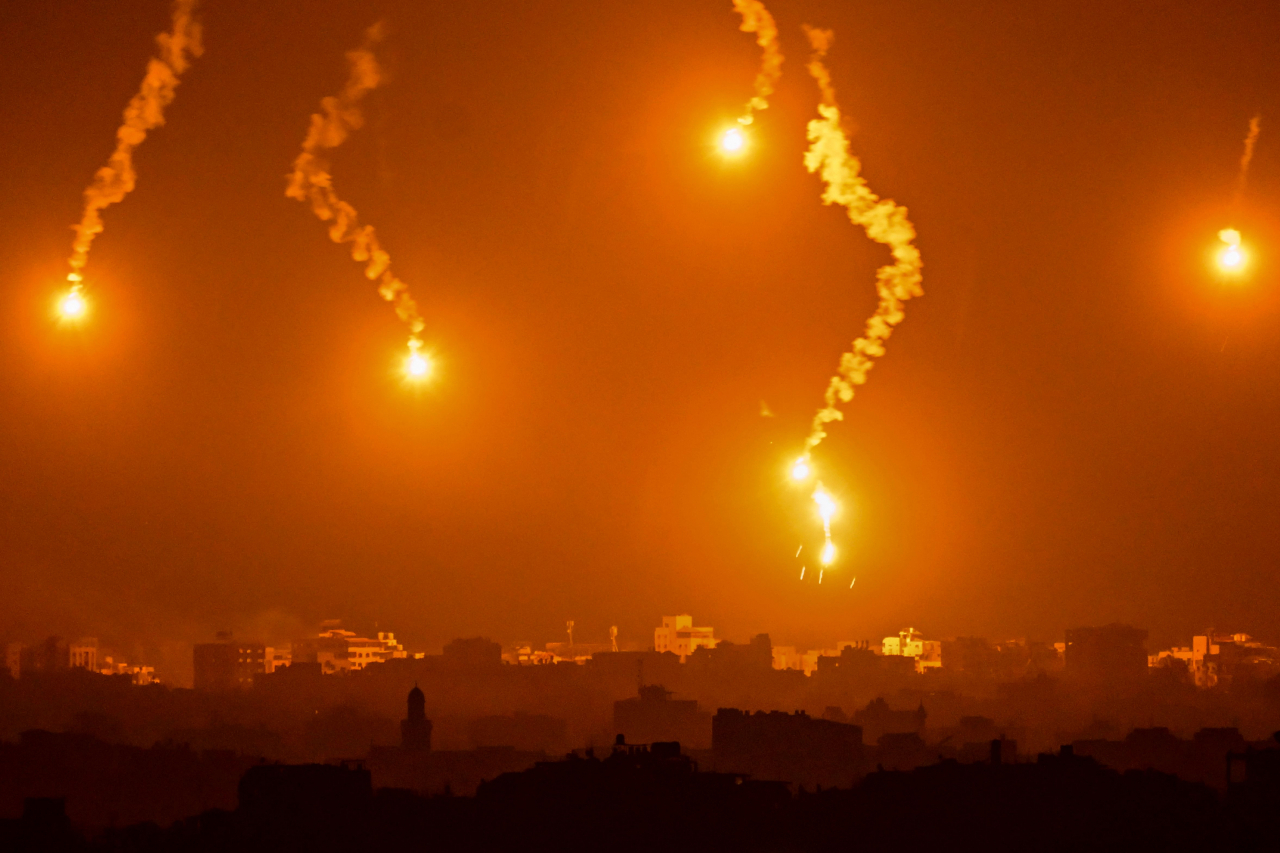 |
This picture taken from a position near Sderot along the Israeli border with the Gaza Strip on November 5,shows flares dropped by Israeli forces above the Palestinian territory amid ongoing battles between Israel and the Palestinian Hamas movement. (AFP) |
Choi Hyun-ho, a military columnist at the JoongAng Ilbo, highlighted that the September 19 inter-Korean military agreement, signed during the 2018 inter-Korean summit, has heightened vulnerabilities for the South Korean military by imposing restrictions on aerial reconnaissance near the inter-Korean border.
As part of the accord, both sides agreed to establish no-fly zones for all aircraft, starting in November 2018, above the military demarcation line, or MDL, between the two Koreas.
Choi pointed out that the most significant flaw in the inter-Korean military is its "reliance on blind trust in the other party, without engaging in thorough reconnaissance."
Choi proposed that the Open Skies Treaty, which had been signed between Russia and the United States, provides a commendable model for military agreements. The Treaty on Open Skies authorizes the military forces of state parties to perform unarmed reconnaissance flights over the territories of other state parties, to facilitate confidence-building, predictability and stability.
"While effective reconnaissance is vital, there are inherent constraints associated with space-based observations. Observing from space fails to deliver a sufficiently detailed perspective, and it is unable to capture tactical-level movements. Additionally, our current space assets may not be sufficient," Choi told The Korea Herald.
"Fundamentally, we require precise insights into North Korea's ground-level activities near the demarcation line, and depending exclusively on methods such as signal interception, communication monitoring and radar-based aerial reconnaissance falls short in providing a comprehensive perspective."
Thirdly, Hamas' surprise assault underscores the urgent need for the South Korean military to anticipate a diverse array of attack scenarios that North Korea could employ.
"The most alarming challenge for the South Korean military is the presence of underground tunnels. Considering the capital region's proximity to the cease-fire line and the looming threat of tunnel infiltration in the rear areas, tunnels represent the most pressing concern," retired Gen. Joo said. The cease-fire line is also known as the military demarcation line.
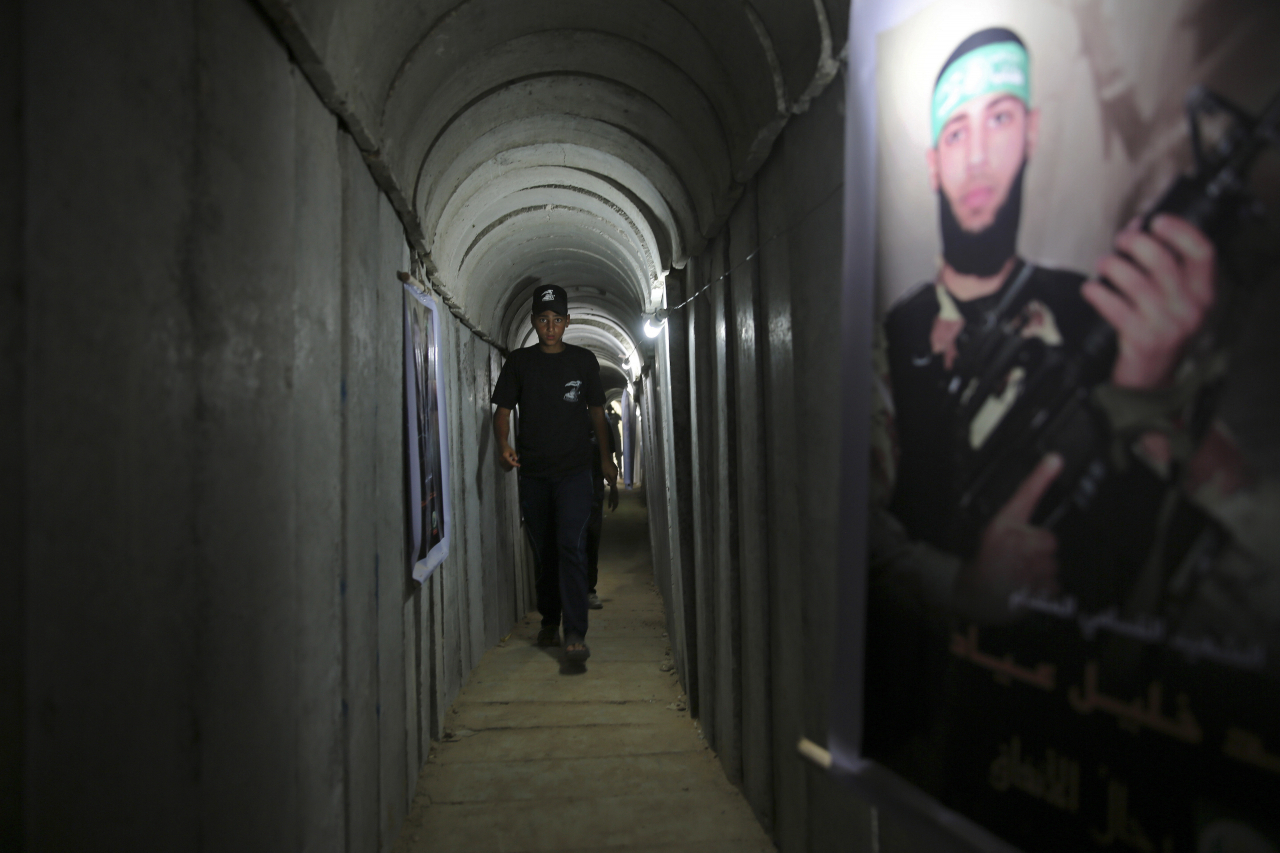 |
A Palestinian youth walks inside a tunnel used for military exercises during a weapons exhibition at a Hamas-run youth summer camp in Gaza City, July 20, 2016. (File Photo - AP) |
Experts have also emphasized that Hamas' deployment of a swarm of low-cost armed drones, which targeted communication towers, sensors and armored vehicles, underscores the critical need for the development of counter-drone measures.
However, they have raised doubts about whether the South Korean military has been heading in the right direction.
"So, for example, when a drone infiltrates, they respond by saying, 'We'll enhance our local air defense system.' They keep giving these kinds of answers, right? That's merely a superficial response," said Ryu Seong-yeop, an intelligence analyst at the Korea Research Institute for Military Affairs.
But what is more important is to deter surprise attacks by bolstering capabilities to retaliate and punish in contingent situations.
"So, what we need to prioritize is ensuring that North Korea does not cross a certain threshold by bolstering our retaliatory capabilities," Kim of the Sejong Institute said. "When we can precisely target and destroy specific targets in North Korea, we can influence their decision-making, leading North Korea to exercise caution and potentially restrain their actions."
-----
This article is the first installment in a series of comprehensive analyses aimed at exploring the diplomatic and security implications of the ongoing Israel-Hamas war and its potential influence on the Korean Peninsula. – Ed.
